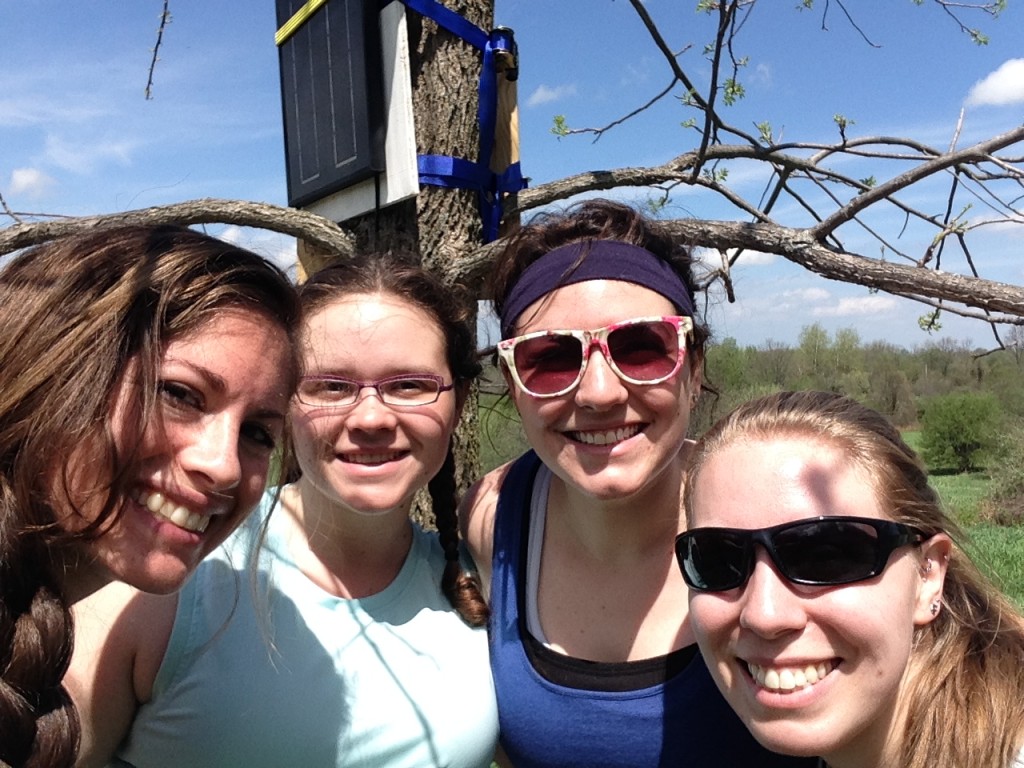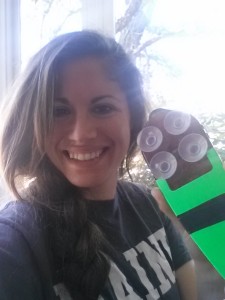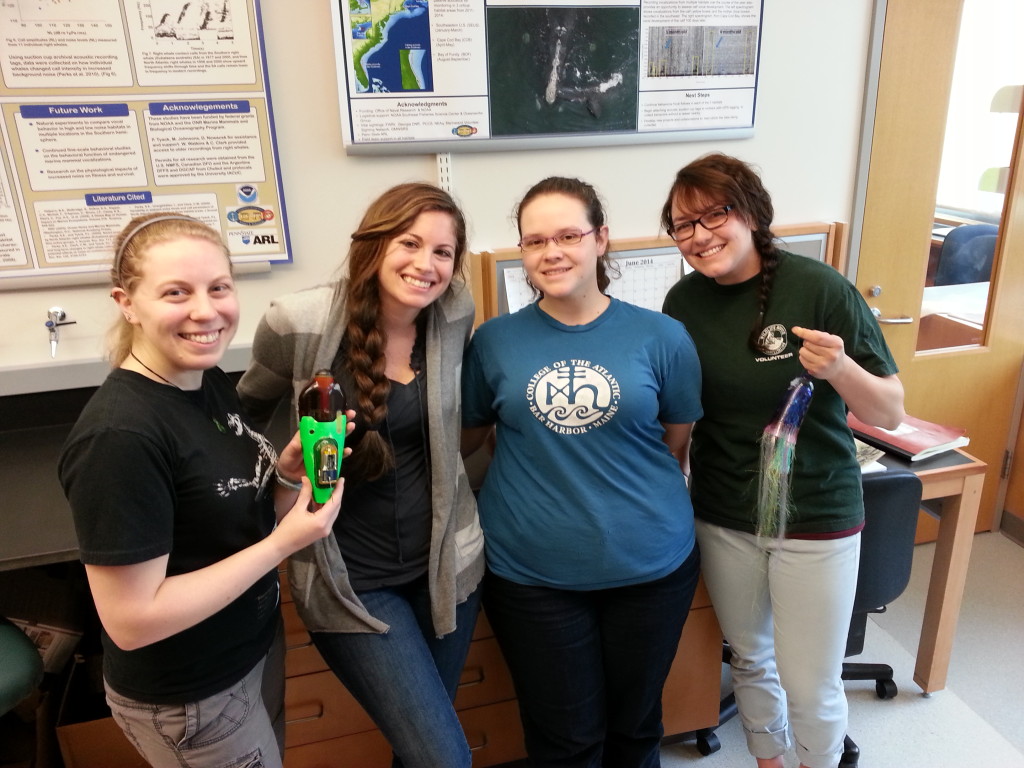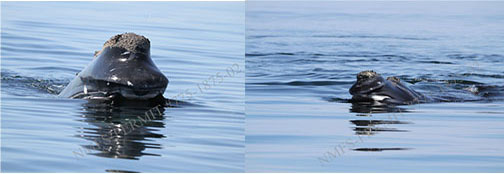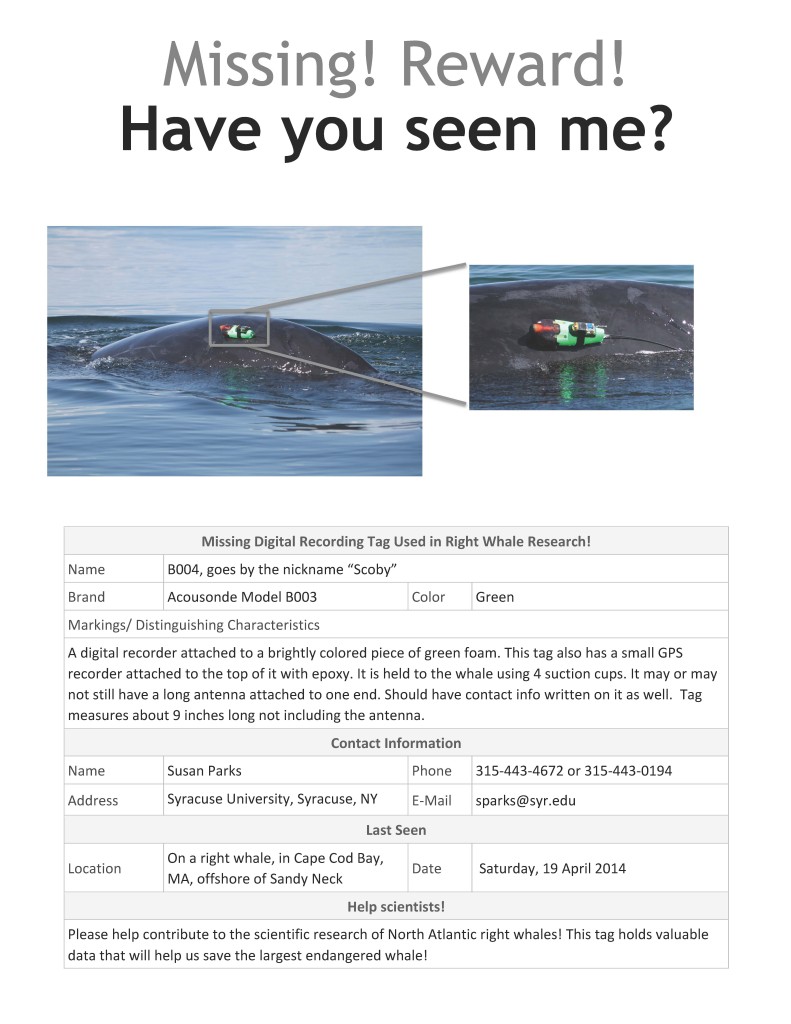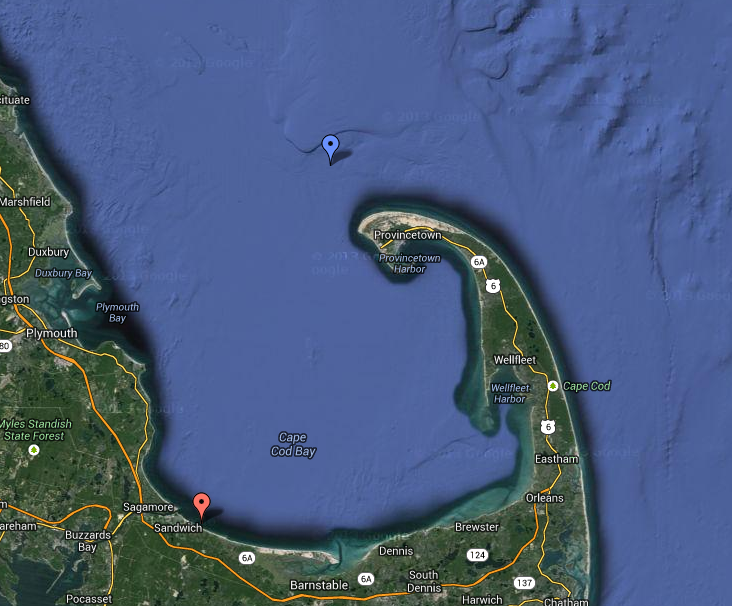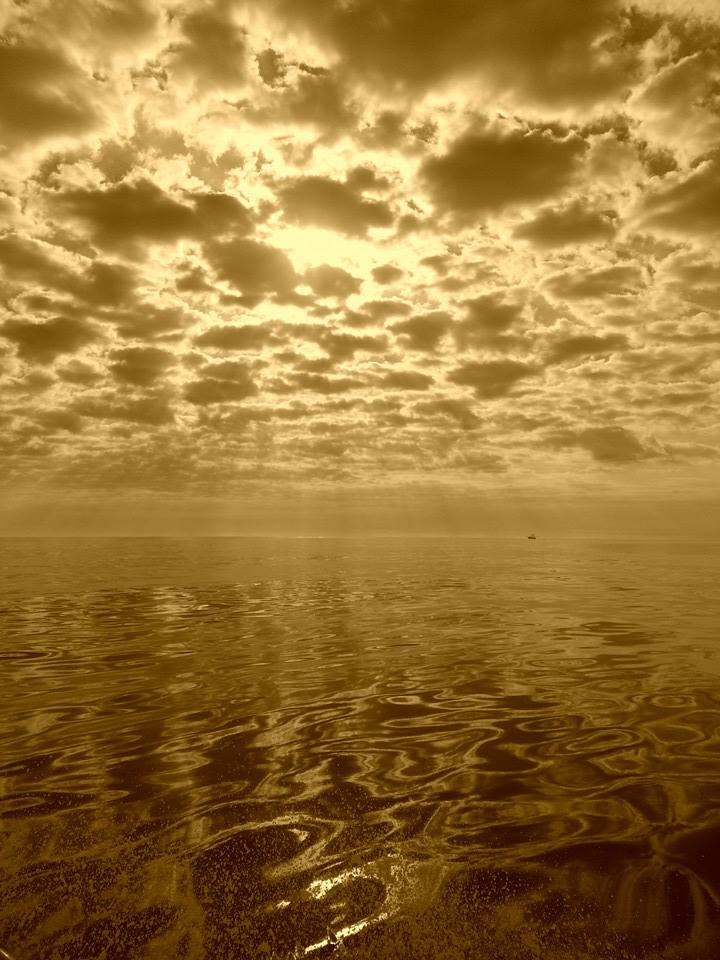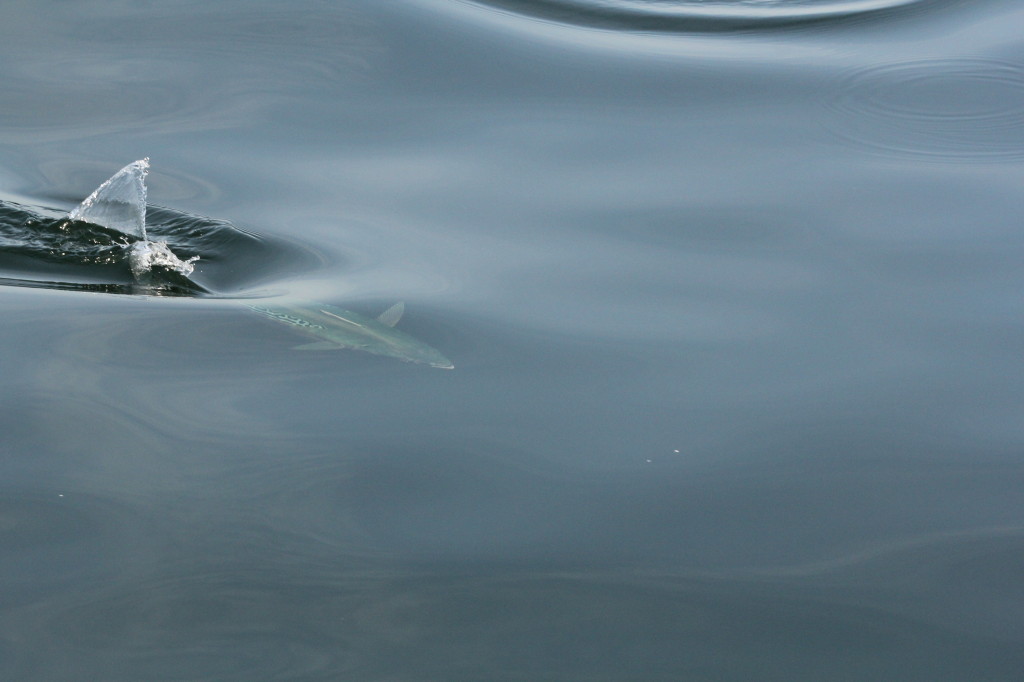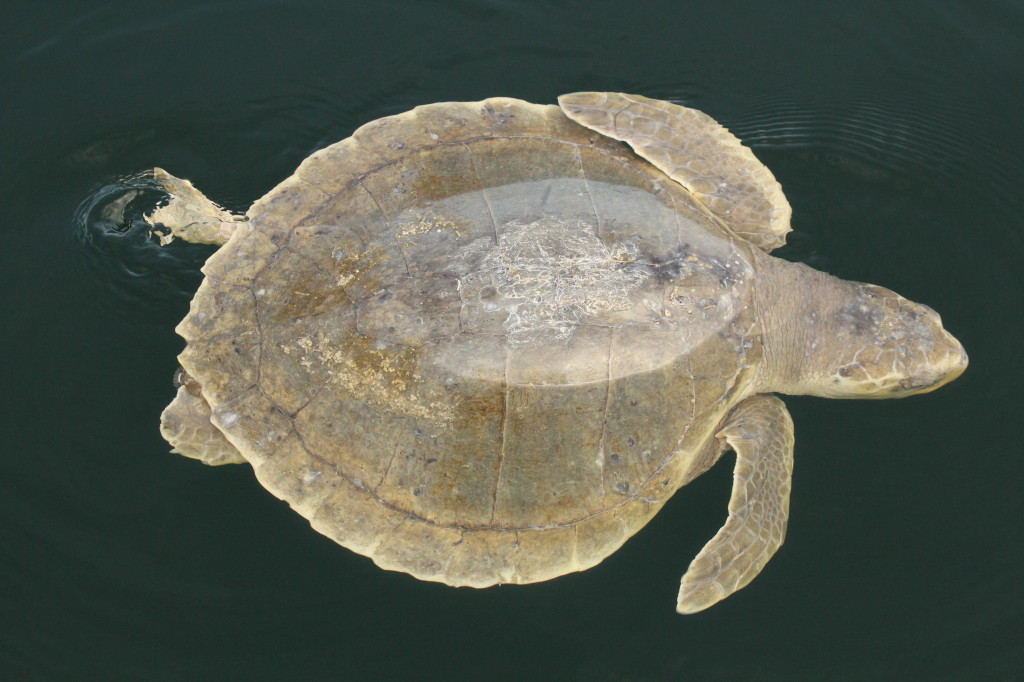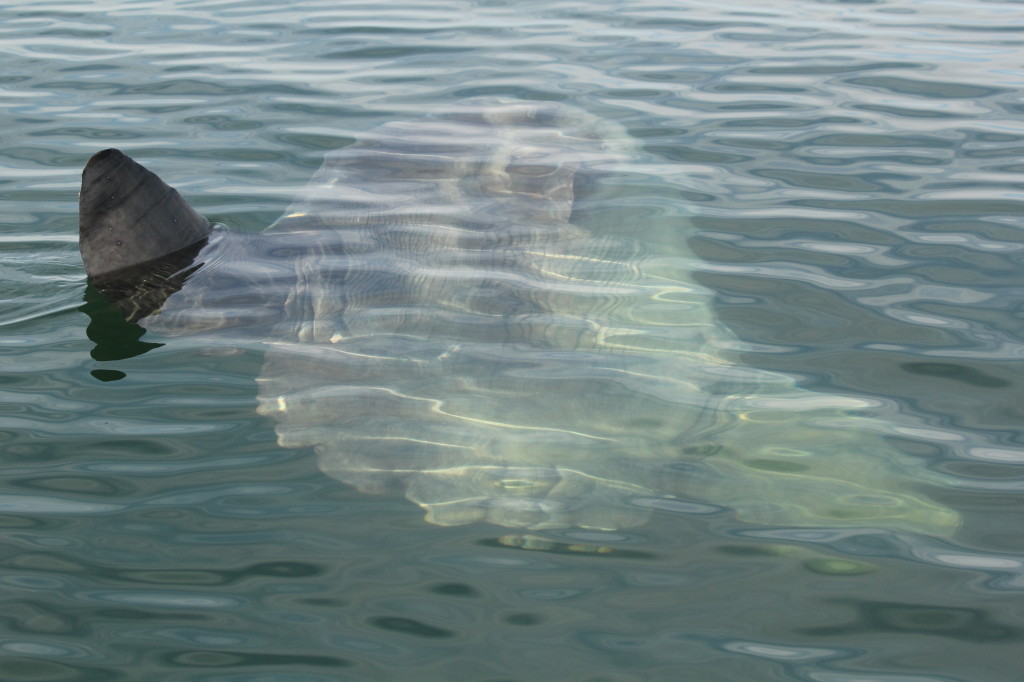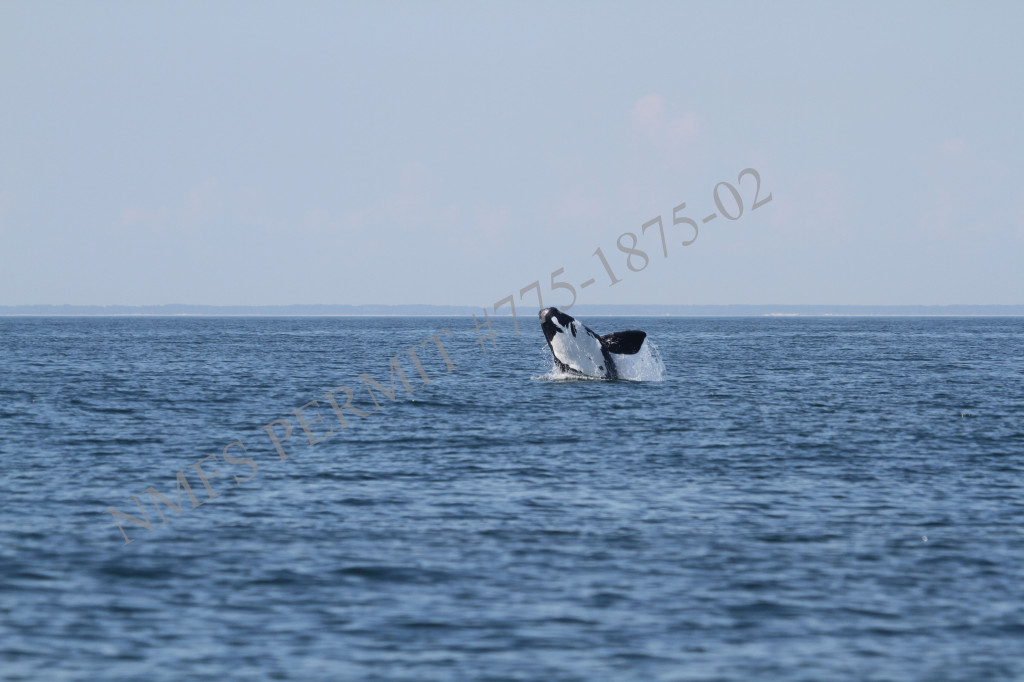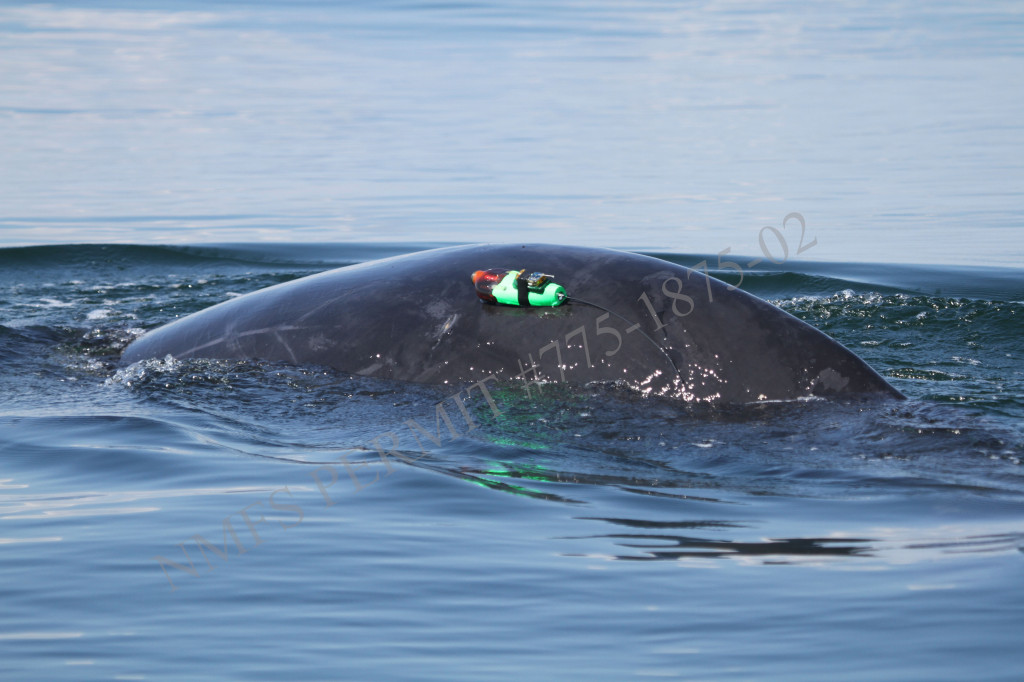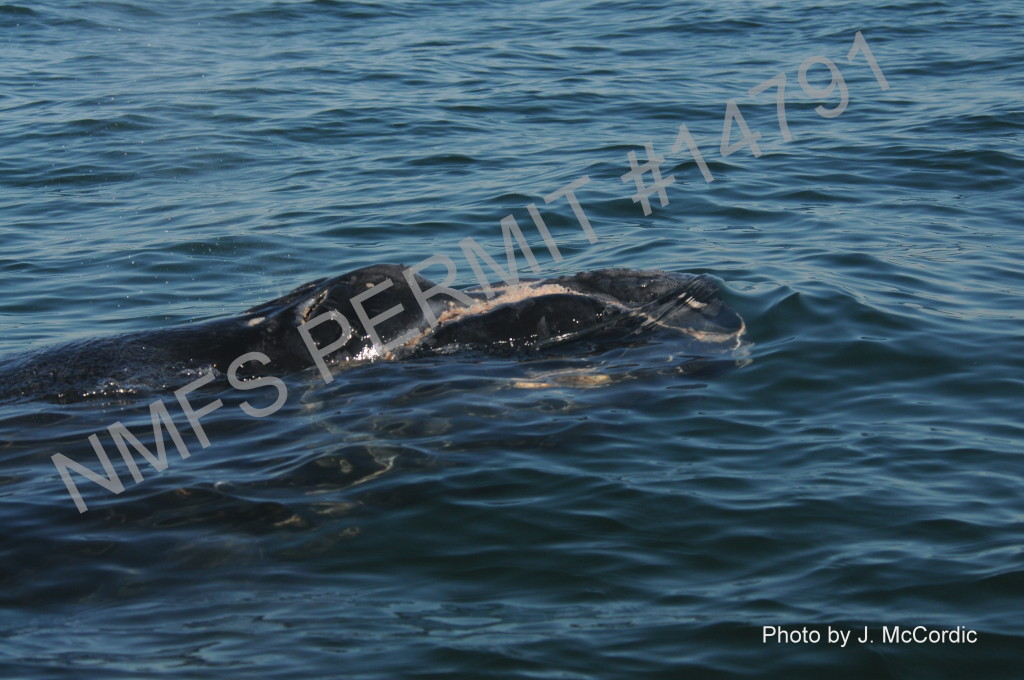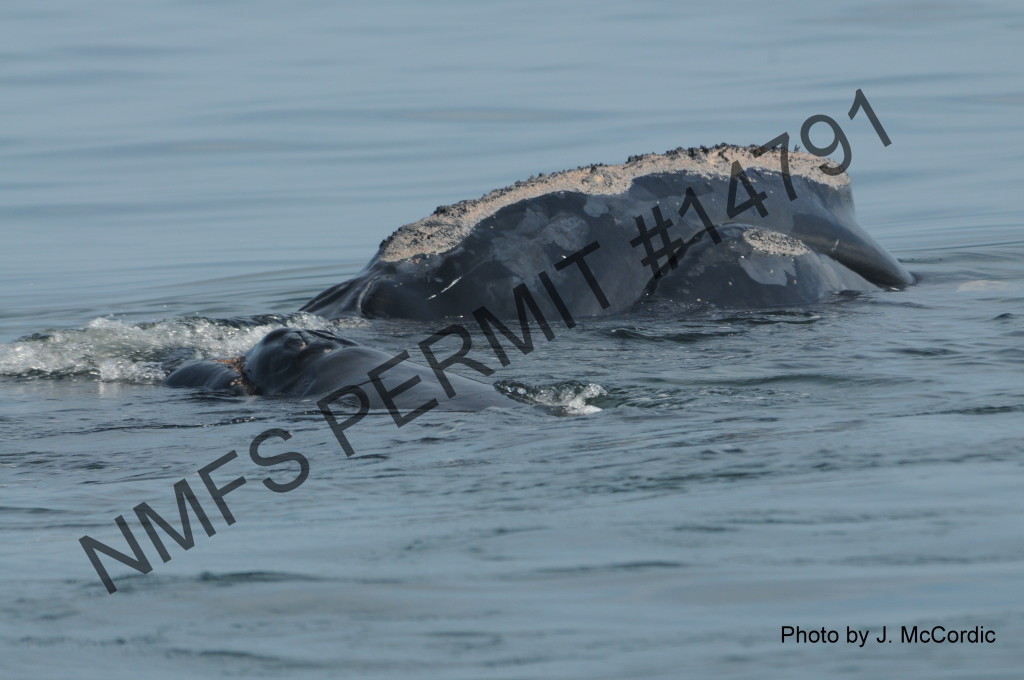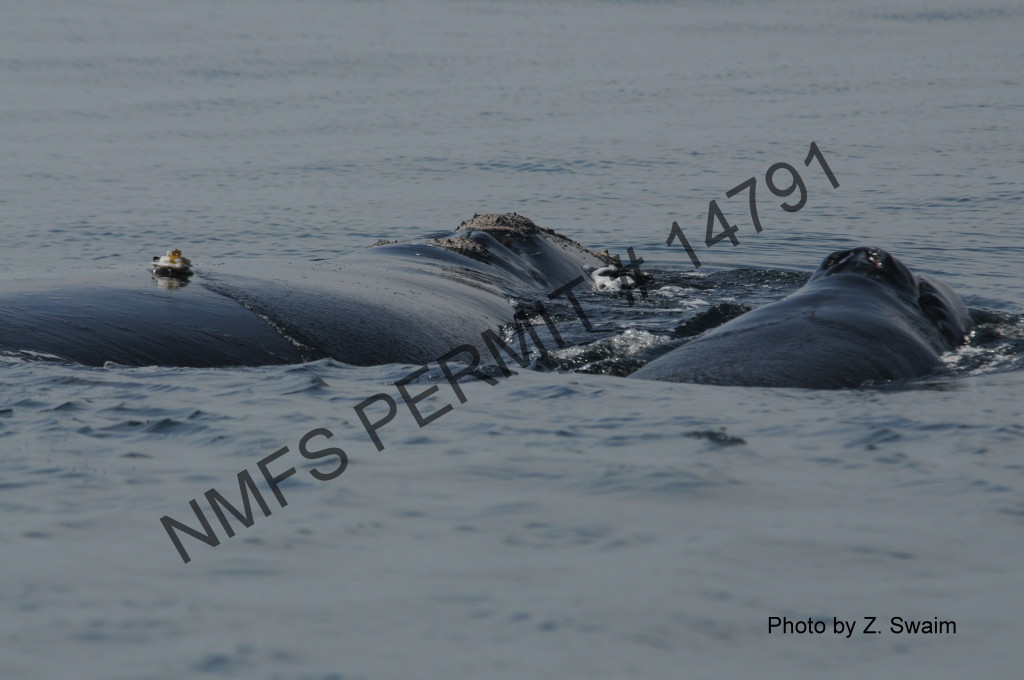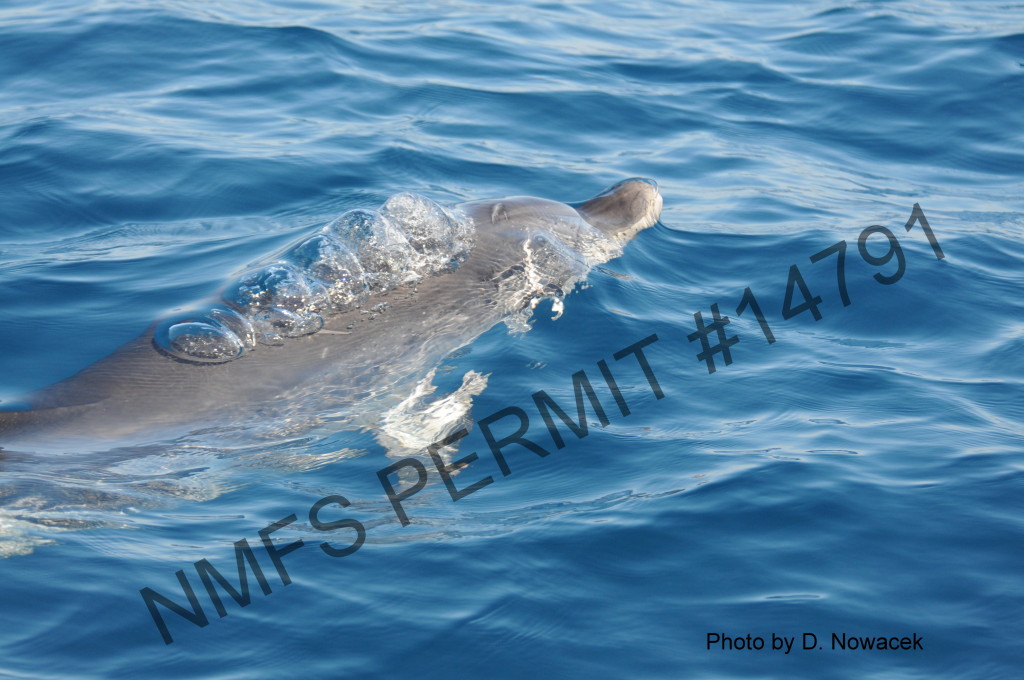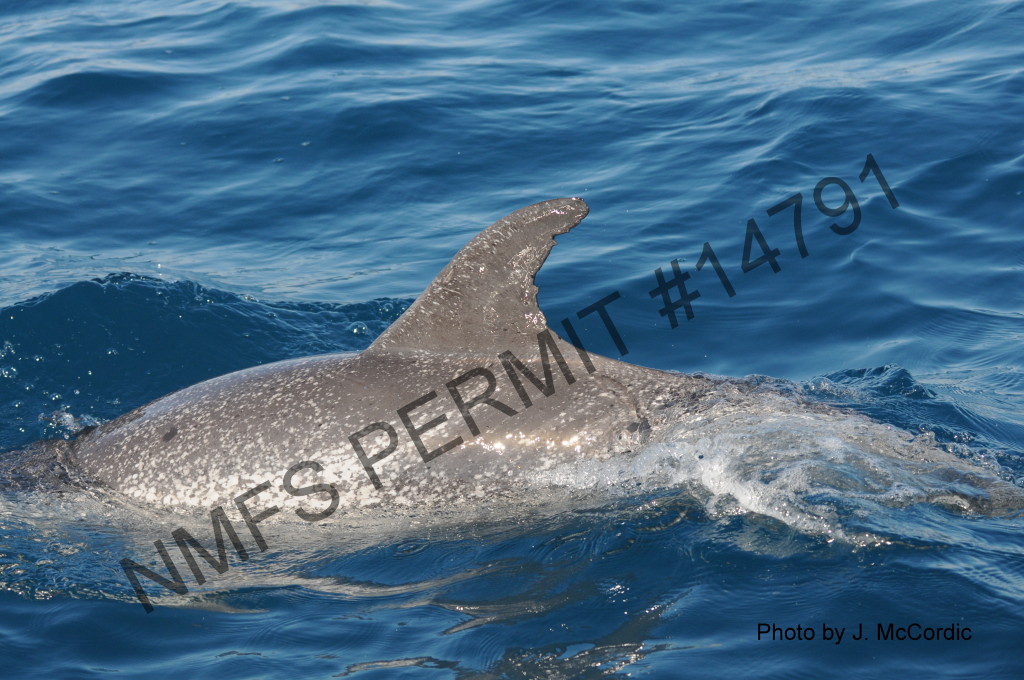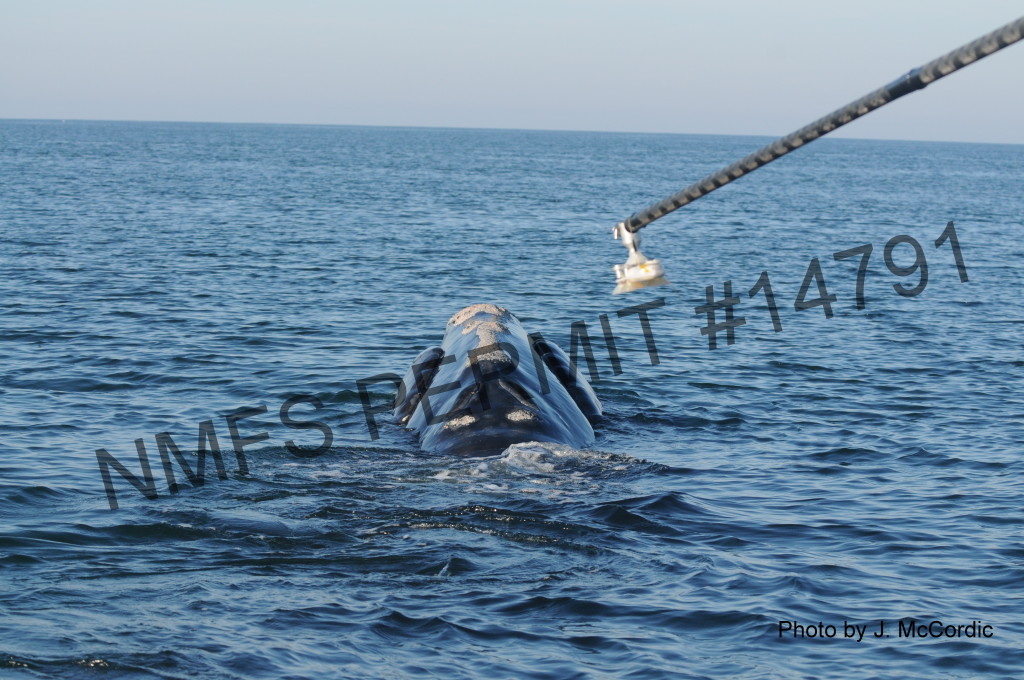The business of catching bugs, that is. We officially started up our 2014 insect acoustics field season this week and went on our first bug catching expedition just this morning. We planned on just heading out to a couple of our favorite sites from last year and setting up traps for spring field crickets. We also set out to deploy an acoustic recorder which we will leave up for the next few months to monitor the soundscape. We are lucky we planned ahead (good thinking Jess) and brought some port-a-bugs. We ended up finding 9 male spring field crickets at the very first site, and we weren’t even there for that long! We are getting pretty good at this I think…Hannah actually caught three in one swoop. She is just weirdly awesome like that.
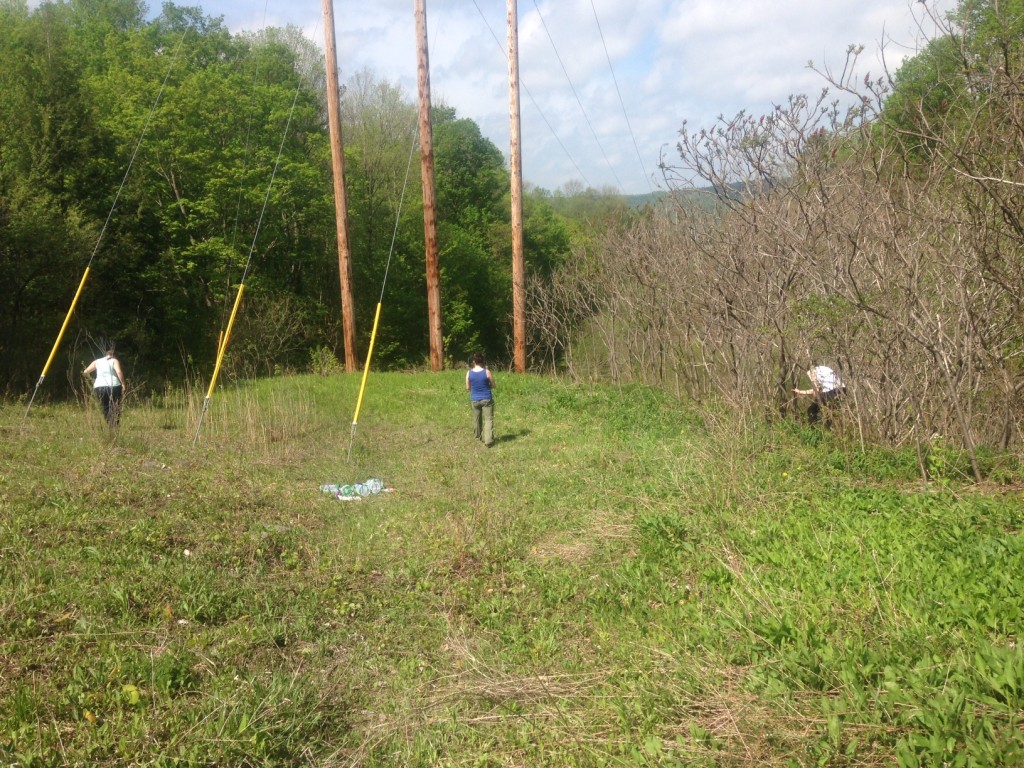
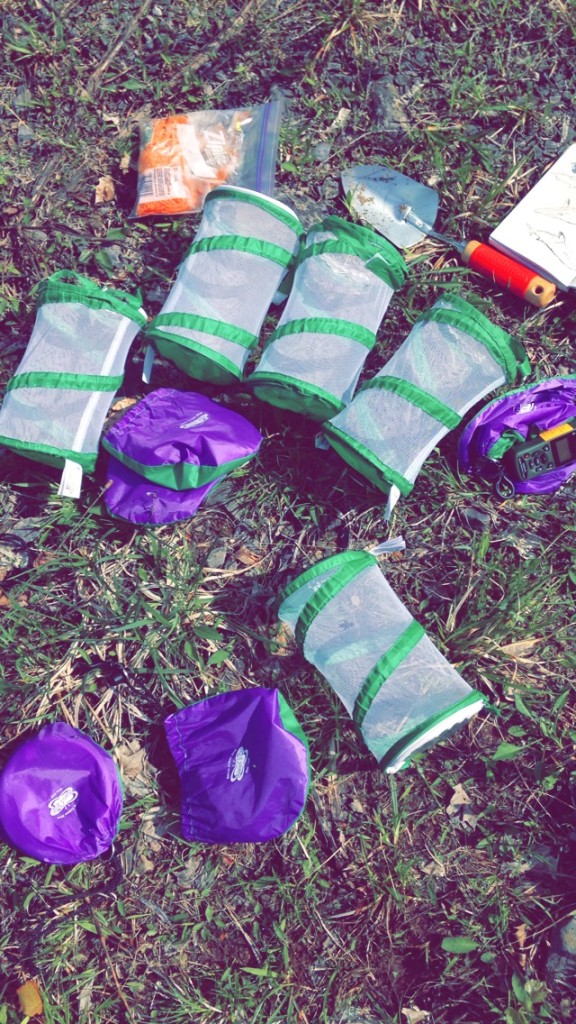
We did leave out three pit traps as well, and Leanna and I plan on going back tomorrow morning to see if we caught anything. Hopefully there are crickets in them, and hopefully not much else.
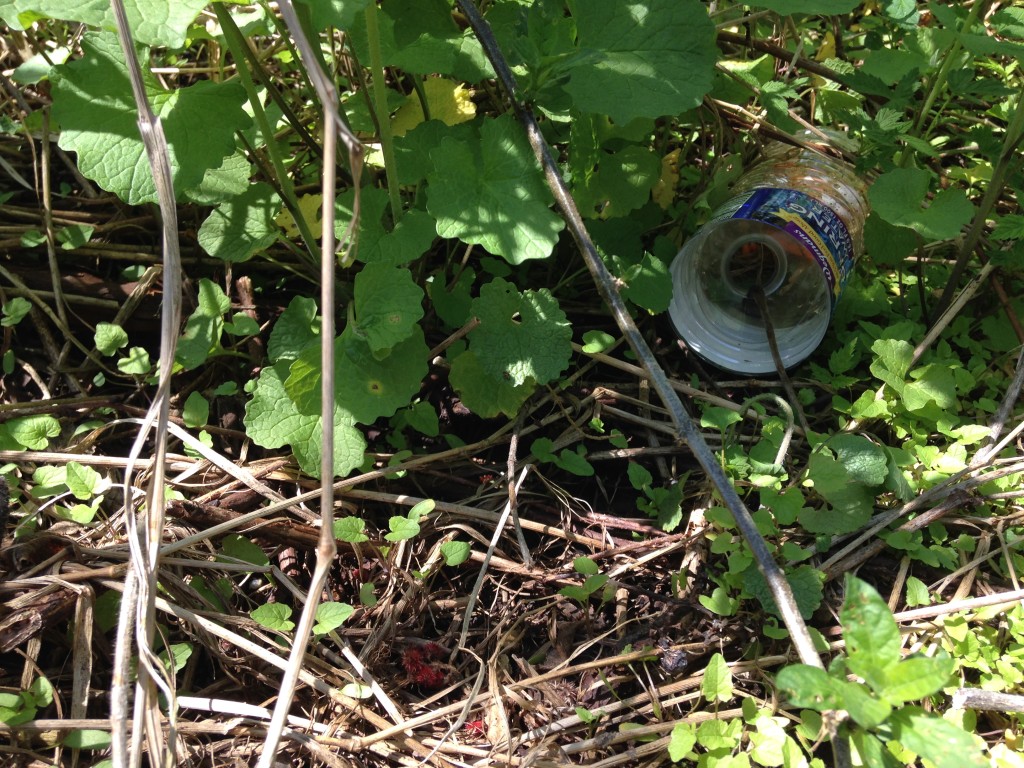
Apparently, crickets can get into these traps but have a hard time getting back out. We shall see! We also set up some traps using mason jars placed into holes we dug in the ground.

All in all a successful first day. Here’s to an awesome summer filled with the sound of many tiny insects desperately trying to find a girlfriend.
